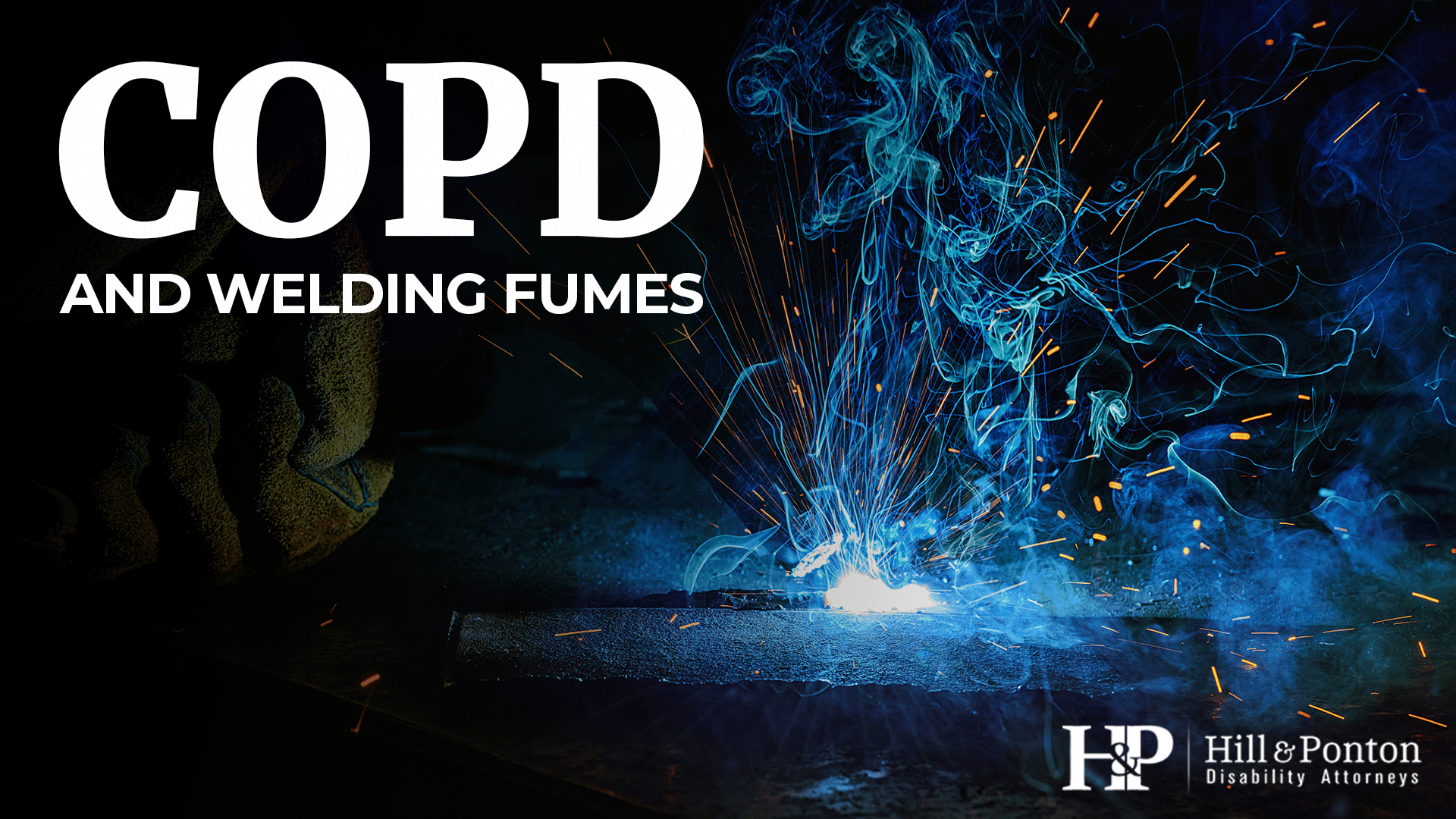When looking into the health effects of welding fumes, it is important to realize that there are other contributing factors to the welding processes that cause health problems. Welding does not only involve working with the metals themselves. Welding also includes the use of filler agents or fluxes.
Fluxes are chemical cleaning agents, flowing agents or purifying agents. In high-temperature mental joining processes (such as welding, brazing and soldering), the primary purpose of a flux is to prevent oxidation of the base and filler agents. Some fluxes (such as borax, hydrochloric acid and zinc chloride) have serious health effects if welders are exposed to them for long periods of time.
Common examples of fluxes include:
- ammonium chloride or rosin for soldering tin
- hydrochloric acid and zinc chloride for soldering galvanized iron (and other zinc surfaces)
- borax for brazing or braze-welding ferrous metals
The following tables list the various health effects caused by exposure to welding fumes and gases.
Health Effects of Fumes
| FUME | SOURCE | EFFECTS & SYMPTOMS |
| Aluminum | Alloys: Inconels, copper, zinc, steel, magnesium brass, filler materials | Respiratory Irritant |
| Beryllium | Hardening agent found in copper, magnesium, aluminum alloys and electrical contacts | Metal Fume Fever – a carcinogen |
| Cadmium Oxides | Stainless steel containing cadmium or plate material, zinc alloy | Irritation of respiratory system, sore and dry throat, chest pain, breathing difficultyChronic effects: kidney damage, emphysema, suspected carcinogen |
| Chromium | Stainless steel, high alloy materials, welding rods | Lung cancer, skin irritationHexavalent chromium is a carcinogen |
| Copper | Alloys such as Monel, brass, bronze, some welding rods | Acute effects: irritation of eyes, nose, throat, nausea, metal fume fever |
| Fluorides | Common electrode coating, flux material for high & low alloy steels | Acute effects: irritation of eyes, nose, throatLong-term exposures: bone/joint problems |
| Iron Oxide | Major contaminant in all iron or steel welding processes | Siderosis (benign form of lung disease), irritation of nose & lungs |
| Lead | Solder, brass and bronze alloys, primer/coating on steels | Chronic effects to nervous system, kidneys, digestive system, mental capacity |
| Manganese | Most welding processes, especially high-tensile steels | Metal Fume Fever, central nervous system problems |
| Nickel | Stainless steel, Iconel, Monel, Hastelloy, other high-alloy material | Irritation of eyes, nose, throat. Increased cancer risk. Dermatitis, lung problems |
| Vanadium | Steel alloys, iron stainless steel, nickel alloys | Chronic effects: bronchitis, retinitis, fluid in lungs, pneumonia |
| Zinc oxides | Galvanized and painted metal | Metal Fume Fever |
Source: Occupation Health & Safety
Health Effects of Gases
| GASES | SOURCE | EFFECTS & SYMPTOMS |
| Carbon monoxide | Formed in the arc | Absorbed readily in bloodstream, causing dizziness, headaches or muscular weakness. High concentrations may result in unconsciousness or death |
| Hydrogen Fluoride | Decomposition of rod coatings | Overexposure can cause kidney, lung, bone and liver damageChronic exposure: chronic irritation of nose, throat, bronchi |
| Nitrogen oxide | Formed in the arc | Chronic effects: lung problems such as emphysema |
| Ozone | Formed in the arc, especially plasma-arc, MIG and TIG processes | Acute effects: fluid in lungs, hemorrhagingChronic effects: significant changes in lung function |
Source: Occupation Health & Safety
Health Effects of Acids
| ACIDS | EFFECTS | |
| Hydrochloric Acid | Used as a flux for soldering, welding, brazing | Has a corrosive effect; damage to respiratory organs, eyes, skin, intestines |
| Zinc Chloride | Used as a flux for soldering, welding, brazing | Skin & respiratory irritant; concentrations are corrosive & acidic |
| Borax | Used as a flux for soldering, welding, brazing | Skin & respiratory irritant; nausea, vomiting, abdominal pain; headaches, lethargy. Severe poisoning: unconsciousness, respiratory depression, renal failure |

